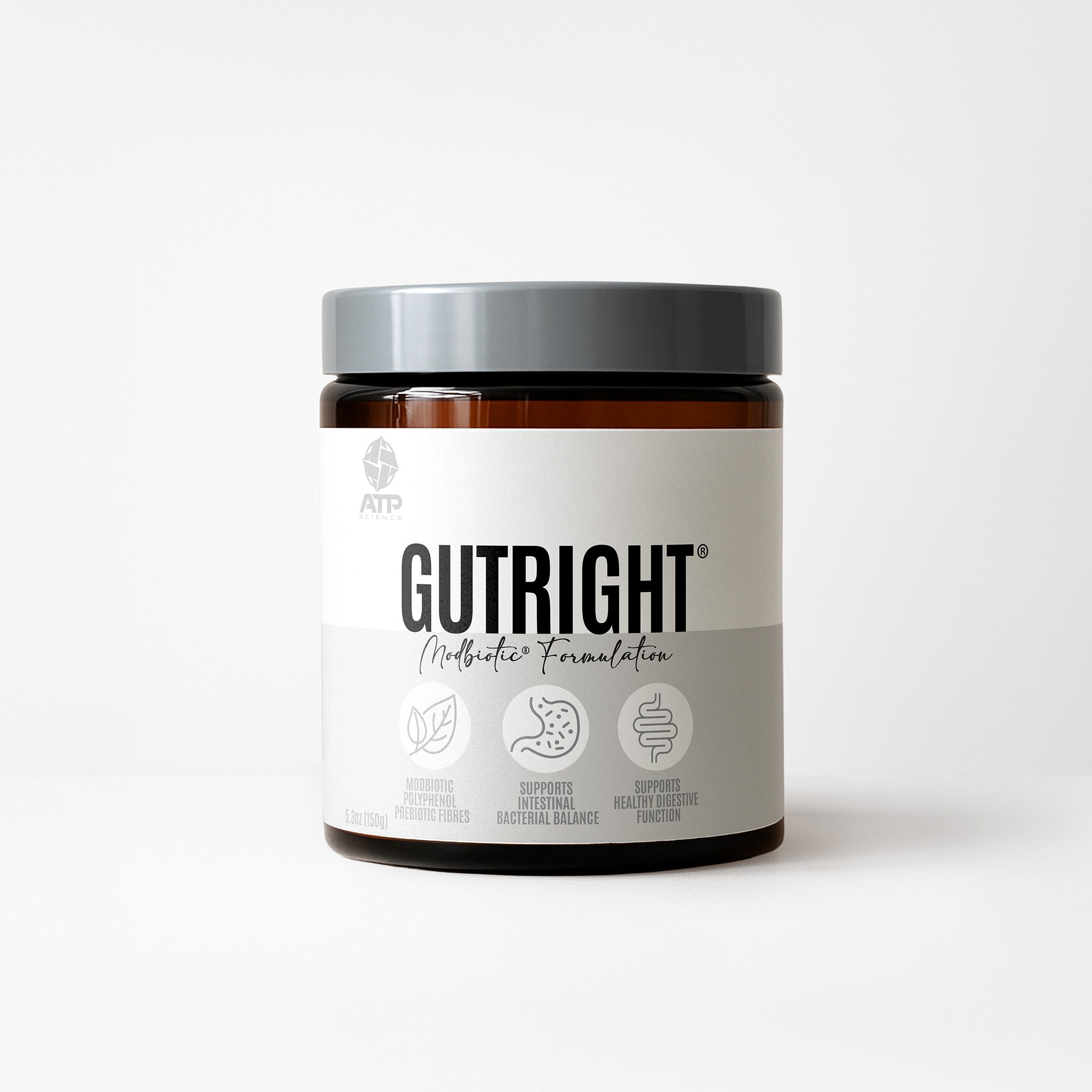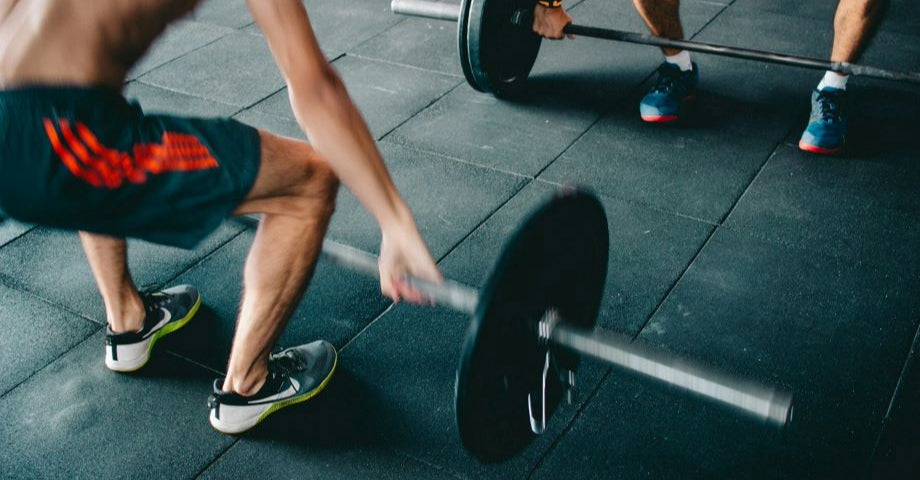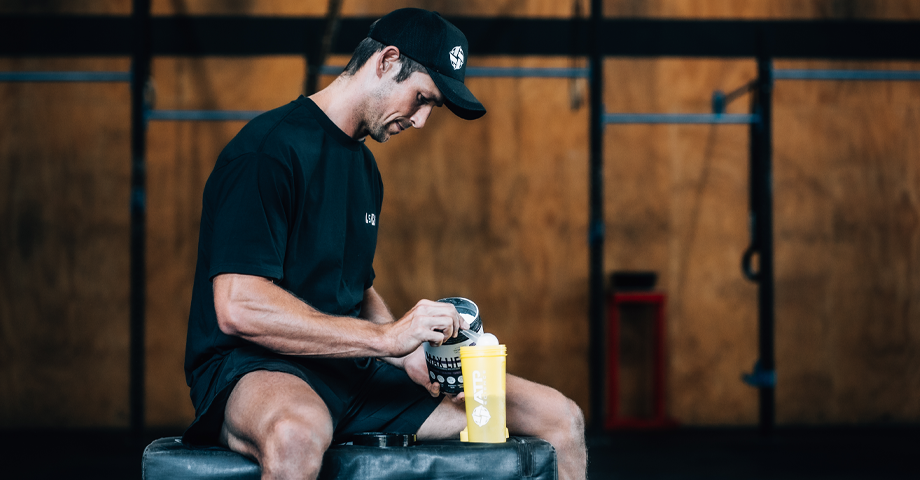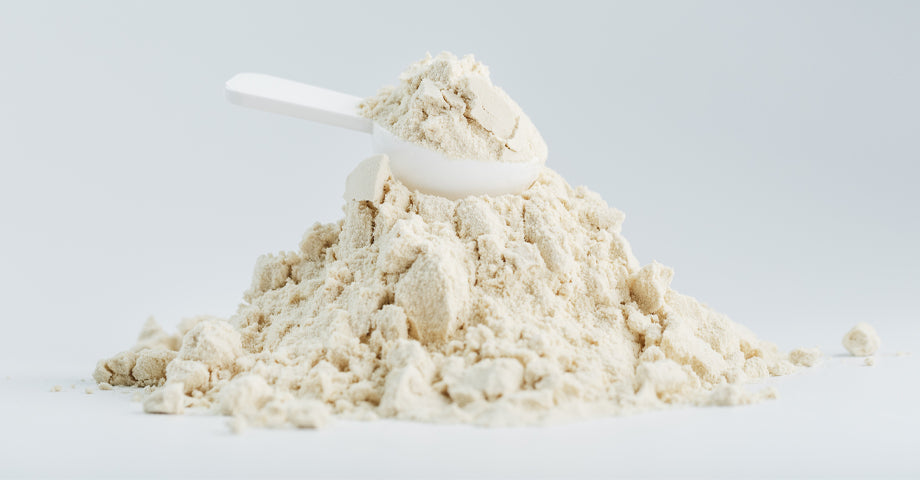High intensity Vs steady-state for cardio and fat loss… which is better? This has been a long-term debate among many, and it's easy to say – any movement performed with consistency is better than no movement at all, while that’s the truth, it's less exciting than the literature on the forms we are talking about. In the below, we will cover off finding your VO2 Max, high intensity and steady-state cardio.
Stepping into Steady-state Cardio
Steady-state cardio has multiple benefits for the user, such as improving overall cardiovascular health, aerobic endurance enhancement, and yes, it can actually assist with fat burning. Steady-state cardio is built similar to long term endurance training, the person applies themselves at a consistent pace over a long period of time. So, when you see someone talking about incorporating 'LISS' into their training, it is what is referred to as a low-intensity steady-state form of training.
The downside of this form of training is that it can be a long process to utilise lipid stores for oxidation and subsequently as fuel for energy to fuel your training and activities. It also doesn't provide the afterburn that most talk about from a high-intensity training element [1].
Benefits of this form of training [2]:
- It can help improve overall endurance and VO2 parameters.
- Shorter recovery times.
- Preserve muscle mass.
- Improve cardiovascular health.
- Less strain on joints and ligaments.
- Still can be used to burn fat over a longer period of time.
If you are starting out looking to improve your overall endurance and aerobic health, steady-state can be a brilliant place to start for this. It is also easier to use if you are wanting to build training habits and consistency in your training lifestyle. The downtime on recovery is minimal, meaning this can be included daily if you like and benefit from its long term, especially for habit building which as we know, when consistency is applied results come.
High Intensity is better?
High intensity is better yes. But, let's be honest you knew that already! Thanks captain obvious at ATP Science! If your aim is fat loss and improving your VO2 maximum over time, high-intensity interval training appears to be the way to go. The approximate sweet spot for training at high intensity for the purpose of fat burning is between 25-75% of your VO2 maximum [3].
Your VO2 max will differ from person to person, gender, age etc. So, calculating that if you are wanting to work in specifics, can be done with a trainer. VO2 max is calculated from your VO2 which is litres of oxygen consumed over time. Finding your VO2 max encompasses maximum heart rate over a set time, resting heart rate, age and gender [4].
Should you wish to be a little less technical, aiming for interval sprints as a high-intensity interval training method is a great way to do this. For instance, a 30-second sprint with 1 min rest and repeat for a number of repetitions across 5-10 mins is usually what most aim for. Over time, you can build this out as your fitness improves. This will get most in that sweet spot zone if fat burning is the goal.
However, even with a temporary afterburn... there is one better form overall that can be incorporated into either training method. We always have to think of the other 22-23 hours of the day that you aren't at the gym.
Not enough people talk about NEAT
NEAT or Non-exercise activity thermogenesis is every other activity you perform during the day that isn't related to or deemed exercise. So, think about walking around the house, around the office, hanging out your washing, cleaning your car, doing the dishes... getting busy between the sheets even. These all elevate heart rate beyond resting heart rate and improve how we utilise stored energy reserves [5,6].
If your goal is 10k steps in a day, move across the day not just in a 1-time block in a specific vicinity. Stand at your desk and keep moving those legs, take a walk around the block on lunch while you're on the phone with your friend. This is one of the most underestimated and least complicated forms of fat burning methods known.
Moving throughout the day and then going on to do your training session later, or continuing to move after you have had your session in the morning will see you excel a lot further than just signalling out high intensity or steady-state cardio forms for a specific time.
References
- Foster, C., Farland, C. V., Guidotti, F., Harbin, M., Roberts, B., Schuette, J., Tuuri, A., Doberstein, S. T., & Porcari, J. P. (2015). The Effects of High-Intensity Interval Training vs Steady State Training on Aerobic and Anaerobic Capacity. Journal of sports science & medicine, 14(4), 747–755.
- Tanaka H, Shindo M. The benefits of the low-intensity training. Ann Physiol Anthropol. 1992 May;11(3):365-8. doi: 10.2114/ahs1983.11.365. PMID: 1642737.
- Carey DG. Quantifying differences in the "fat-burning" zone and the aerobic zone: implications for training. J Strength Cond Res. 2009 Oct;23(7):2090-5. doi: 10.1519/JSC.0b013e3181bac5c5. PMID: 19855335.
- Ito S. (2019). High-intensity interval training for health benefits and care of cardiac diseases - The key to an efficient exercise protocol. World journal of cardiology, 11(7), 171–188. https://doi.org/10.4330/wjc.v11.i7.171
- Chung N, Park MY, Kim J, Park HY, Hwang H, Lee CH, Han JS, So J, Park J, Lim K. Non-exercise activity thermogenesis (NEAT): a total daily energy expenditure component. J Exerc Nutrition Biochem. 2018 Jun 30;22(2):23-30. doi: 10.20463/jenb.2018.0013. PMID: 30149423; PMCID: PMC6058072.
- Chung, N., Park, M. Y., Kim, J., Park, H. Y., Hwang, H., Lee, C. H., Han, J. S., So, J., Park, J., & Lim, K. (2018). Non-exercise activity thermogenesis (NEAT): a component of total daily energy expenditure. Journal of exercise nutrition & Biochemistry, 22(2), 23–30. https://doi.org/10.20463/jenb.2018.0013

















